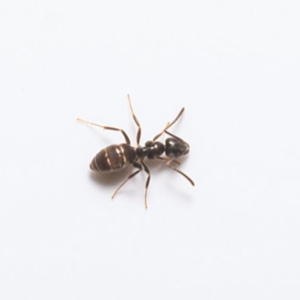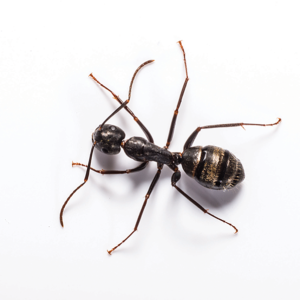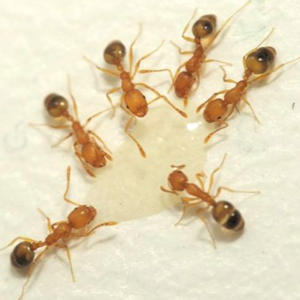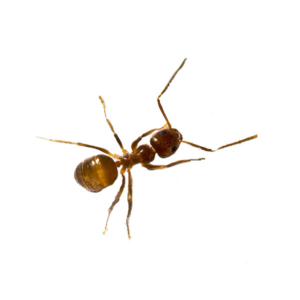
Fire Ants in Atlanta, GA
Fire ants earned their name due to their intensely painful sting and bite, capable of repeated attacks by a single ant. They construct mounds as part of their habitat, and if the mound is disturbed the workers swiftly surface to confront and attack the intruder. They have a diverse diet, consuming various plant or animal materials, including other insects. Notably, these ants are drawn to electricity and have a track record of damaging equipment such as AC units, water well systems, and outdoor lighting, posing a fire hazard.
Fire Ant Habitat
Requiring moisture, fire ants favor nesting near rivers, lush lawns, and potted plants. Their mounds serve as effective regulators, managing colony temperature and moisture levels. These mounds double as elevated nurseries, maintaining ideal conditions for colony growth. Uninterrupted fire ant colonies thrive in sunlit expanses like pastures, parks, and open fields. As versatile eaters, fire ants indulge in both plant and animal sources. Their assertive foraging habits might lead them to infiltrate homes via openings like cracks, crevices, or gaps beneath doors, windows, or walls.
Fire Ant Behaviors, Threats, or Dangers
The burning sting of a fire ant poses a significant danger to humans and pets. Unlike other venomous ants that bite and discharge acid, fire ants first bite and then use their abdomen stinger. Although the painful sensation typically subsides within minutes for most individuals, for some hive-like bumps appear at the sting site within 30 minutes, followed by pimples containing yellow fluid within 24 hours. Extensive colonies can cause harm to plants, lawns, and even outdoor electrical fixtures. Due to the substantial risk they present to people and pets, it’s advisable to avoid disturbing a discovered mound and instead contact a professional ant exterminator.




